Help Your Restaurant Staff Learn Faster with Mobile and Adaptive Learning
Company culture is a driving factor in employee job satisfaction. One keyword search for "restaurant worker job satisfaction" returns pages of articles denoting industry-to-worker misalignment. Yet top-performing companies are investing in ways to provide more care in career development (which we don't need to tell you) directly correlates to retention and brand strength.
Transforming the employee experience can start anywhere along the communication chain. Self-service (aka autonomous) engagement with digital content shifts the control of career advancement from the organization to the worker. Meaning your front of house, back of house, or seasonal workers gain the power to learn different paths within your company alongside access to what your training team sets as their current job content.
The hourly employee, who we know sometimes works multiple part-time gigs, begins to feel more valuable when they have access to future job resources. Self-regulated learning through adaptive content may sound like tech jargon, but it's not. By broadening employee access to company content you are empowering your workforce without diminishing the goals and objectives of your training programs. Empowering employees is a good thing for them and the brand's stability.
If You Build It
Suppose you could provide every restaurant employee with job-specific content–in their pocket, as easily searchable as the web. What would the benefits be? You could cut time-to-efficiency, eliminate re-training and elevate on-the-job training. All of that could free up your workforce to carry out their job duties with confidence and pride instead of uncertainty and worry.
Providing infinitely referenceable, bite-sized information, the how-to's your employees can't do their jobs well without, actually boosts their ability to improve within their role. Now add content outside of the position they are hired for. Your training department now has valuable data about who is looking to advance, how engaged they are and how well they are absorbing content for a future role with your company–not your competition.
How to Work With What You've Got
Digitizing handbooks is not a new concept. However, instead of scanning static PDFs into software, thoughtfully breaking concepts and ideas into digestible and retainable information takes work. Yes, shifting to a fully digital training and communications platform takes time and energy upfront, but updates and dissemination afterward increase efficiency throughout your company. Your trainers will build upon the content your employees engage with most and tweak the content that causes confusion or goes untouched. No more checkboxes without the metrics to prove the content was covered. No more initials on photo-copied pages without a clear picture of how much that employee already knew. Let's not even talk about how much time is wasted asking that industry veteran to read the corporate handbook on station prep, knife skills, clocking in and out…you get the picture.
So what can you do to move your company toward a self-regulated, engaged digital learning tool? Research, ask questions and advocate for the long-term benefits of adaptive mobile learning. There are copious amounts of research done by learning and development industry experts supporting the concepts and applications of microlearning, machine learning, artificial intelligence, and of course, adaptive learning using these tools.
Take the Next Step
There is enormous growth in the communication platform space with tools streamlining payroll and HR tasks, worker to worker scheduling and time tracking, in-house communications and every other aspect of the restaurant business. While “one platform to rule them all” may not exist today, a growing number of platform-to-platform integrations connect the POS, scheduling and training programs you already have so you can manage a digital ecosystem that works for you and your existing tech stack.
